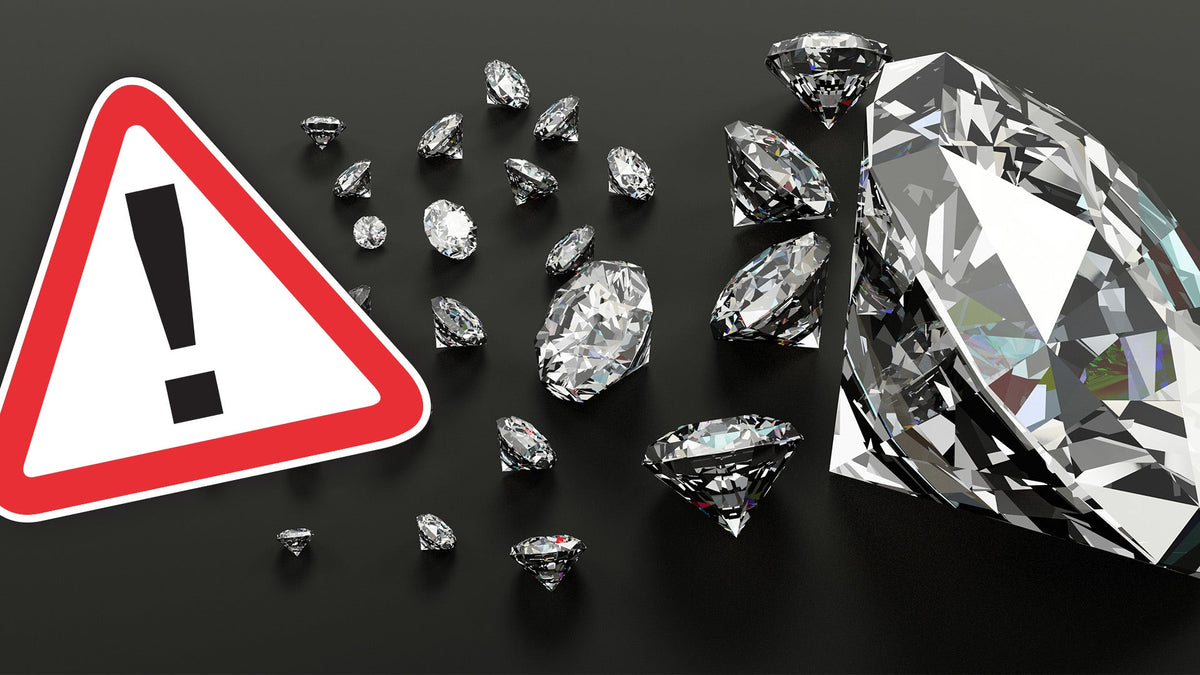

Tips from the pros
In most cases, counterfeiting precious stones, especially semi-precious stones, costs more than the stone itself, which is why ambitious counterfeiters usually only focus on diamonds that are worth the effort. Even in ancient Egypt, it was common practice to artificially color simple glass and sell it as valuable gems . Over time, the techniques used naturally became more and more sophisticated, so that fake stones are now often difficult to distinguish from their natural counterparts. To be 100% certain, you need to consult an expert - but what can you do yourself?
First things first:
If you want to test whether a diamond is real or fake, don't use sandpaper, don't try to scratch your bathroom mirror with it, in short: don't trust any of the many questionable tips that the Internet has to offer on this topic! Such stunts can damage the brilliance of the stone. And above all, there are better methods...

Place the stone on a newspaper or a book !
With a real diamond, the letters underneath are not easy to read because the high refraction (not to be confused with reflection or light reflection) leads to scattering - which is not the case with quartz or glass!

Hold the stone under ultraviolet light , for example a tanning bed. Real diamonds can show what is known as fluorescence , i.e. a blue glow, under UV light - but this does not necessarily apply to every diamond, which is why this test should be treated with caution!

Breathe on the gemstone ! A real diamond will not tarnish because it distributes the heat directly onto the stone. Just make sure that the stone is not dirty or greasy, otherwise it will tarnish anyway.

Throw it into a glass of water
A real diamond will sink to the bottom immediately due to density and weight. A fake, meanwhile, will float halfway up or sink slowly.

Heat the loose diamond for 30 seconds
For example, with a lighter. Then quickly dip it in a glass of cold water: no problem for a real gemstone, but a fake one will break.
Detecting a fake requires careful observation and knowledge. A real diamond is characterized by high transparency and brilliance, while fakes often appear cloudy or lackluster. The cut of real diamonds is precise, and their hardness can be verified by a simple test with another gemstone. Real diamonds conduct heat efficiently, and a professional can measure this. Viewing under a magnifying glass may reveal inclusions or imperfections that are characteristic of real diamonds. In addition, real diamonds produce a clear, rainbow-colored sparkle, while fakes often have an uneven light pattern. Careful price comparison and consultation with a professional are also advisable to confirm authenticity.


